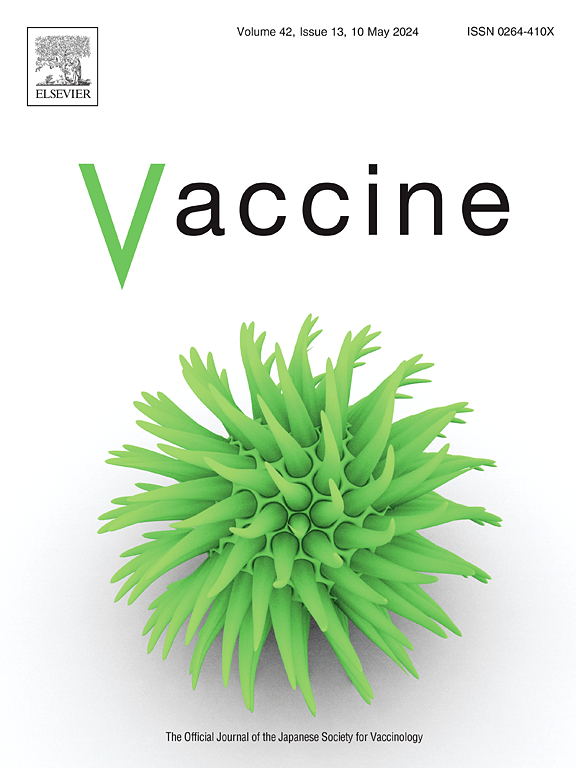A-910823, a squalene-based emulsion adjuvant, enhances robust and broad immune responses of quadrivalent influenza vaccine in ferrets
IF 4.5
3区 医学
Q2 IMMUNOLOGY
引用次数: 0
Abstract
Robust and broad protective immunity is typically elicited by co-administration of an adjuvant with vaccine antigens. A-910823, a squalene-based emulsion adjuvant, has been approved in Japan. It effectively enhances the humoral and cellular immunity of S-268019-b, a recombinant COVID-19 vaccine; however, the adjuvant effects of A-910823 on other vaccines, including influenza vaccine, have not been evaluated. Here, a ferret model was employed to investigate the adjuvant effects of A-910823 when combined with split-inactivated quadrivalent influenza vaccine (QIV). We demonstrate that combination of A-910823 with QIV enhances the neutralizing antibody titer and its breadth against non-vaccine strains. Also, the protective efficacy of A-910823-adjuvanted QIV against virus challenge has been confirmed. Of note, QIV combined with A-910823 caused only minor detectable side effects, whereas a significant increase in fever was observed after two doses of mRNA-LNP in ferrets. This study provides information on the effectiveness and safety of A-910823-adjuvanted QIV and suggests the usefulness of the ferret model for evaluating vaccine-induced reactogenicity.
求助全文
约1分钟内获得全文
求助全文
来源期刊

Vaccine
医学-免疫学
CiteScore
8.70
自引率
5.50%
发文量
992
审稿时长
131 days
期刊介绍:
Vaccine is unique in publishing the highest quality science across all disciplines relevant to the field of vaccinology - all original article submissions across basic and clinical research, vaccine manufacturing, history, public policy, behavioral science and ethics, social sciences, safety, and many other related areas are welcomed. The submission categories as given in the Guide for Authors indicate where we receive the most papers. Papers outside these major areas are also welcome and authors are encouraged to contact us with specific questions.
 求助内容:
求助内容: 应助结果提醒方式:
应助结果提醒方式:


